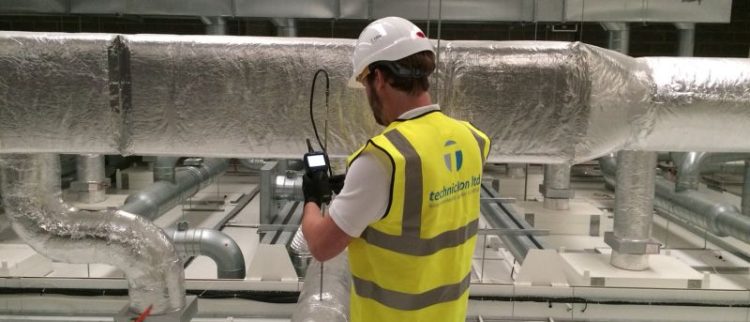Cleanroom Ductwork Index Runs
Ever heard of an AHU that needs its fan upgraded because of a reported air volume issue?
Ever had all the filters including the HEPA’s changed only to find it made little difference to the system air volumes?
Ever seen pulley sets left next to an AHU and wondered why the commissioning engineer struggled to achieve design air volumes?
Ever wondered is my AHU fan operating at optimum efficiency or am I spending money I don’t need to be on wasted energy?
You are not alone but wonder no more.
One thing always overlooked and rarely checked is the ductwork index run.
It doesn’t matter if your AHU is the size of a bus or if your ductwork network covers 10 football pitches, to identify if your AHU fan is operating at maximum efficiency and you are getting the maximum air volume available for your buck you must check the index runs.
So what is an index run?
On a recirculating cleanroom ductwork system the index run is one single route from the AHU to the room terminal and then one single route from the room return air grille back to the AHU.
The index run will have the greatest design resistance at the required air volume with all dampers fully open which can be identified by a simple resistance sum of its parts. Once identified check that all of the dampers are open or at least close to open.
A commissioning engineer should always identify the index runs and resist modulating the dampers on it until the system is close to balanced by all other dampers, then small adjustments are acceptable to achieve optimum volume flows and room pressures.
Many facilities we find are in a high resistance state due to this issue.
I have found many dampers closed on my index run, what does this mean?
The AHU fan will be set to a specific angular velocity to achieve the system air volume at a certain static pressure that pushes the air around the system.
The resistance is created by the ductwork and components like filters and grilles etc.
But if system static pressure is higher than it should be because dampers are closed on the index runs then the motor is using much more energy that it should be, because if index run dampers are closed, all the remaining dampers on the facility will be closed more than they should be to push and direct the air down the index run.
Before you change the HEPA filters, before you upgrade the AHU fan, before you pay the next energy bill or before you call us in – check your index run.
If you do want to save further energy costs consider using a HEPA filter like the MEGAcel, it takes much less energy to push the required air through the media and less energy means less money spent on running your cleanroom. Once you have completed a system resistance calculation you will see how the terminal HEPA filter adds the majority of the system resistance so reducing this by a good margin is simply good.
technickon – Energy reduction experts.

